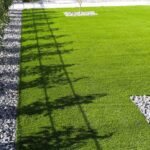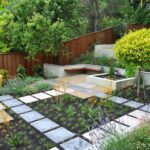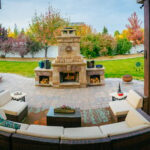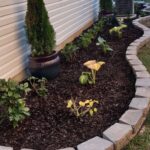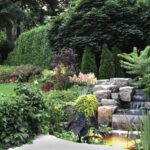When it comes to landscaping, many homeowners want a beautiful yard without having to spend hours every week on maintenance. Fortunately, there are plenty of low maintenance landscape ideas that can help you achieve a stunning outdoor space without the constant upkeep.
One easy way to reduce maintenance in your landscaping is to opt for native plants. Native plants are well-adapted to your local climate and soil conditions, meaning they require less water and care than non-native plants. In addition, native plants are often more resistant to pests and diseases, further reducing the need for maintenance.
Another low maintenance landscaping idea is to incorporate hardscaping elements, such as gravel pathways, stone walls, or pavers. These features not only add visual interest to your yard, but they also require minimal upkeep compared to traditional grass or flower beds. Hardscaping can also help reduce erosion and water runoff, making it both practical and aesthetically pleasing.
Adding a layer of mulch to your landscaping can also help reduce maintenance. Mulch helps retain moisture in the soil, suppresses weeds, and adds nutrients to the soil as it breaks down. Additionally, mulch can give your yard a neat, polished look without the need for constant mowing or trimming.
Consider creating defined planting beds in your yard to help reduce maintenance. By keeping plants contained in designated areas, you can make mowing and trimming easier and more efficient. You can also use edging materials, such as bricks or stones, to create a clean, finished look for your planting beds.
If you have limited time for lawn care, consider reducing the amount of turf grass in your yard. Grass requires regular mowing, watering, and fertilizing to keep it looking its best. By replacing some of your lawn with low maintenance ground covers, shrubs, or perennials, you can cut down on the time and effort required to maintain your yard.
Finally, consider incorporating self-sustaining elements into your landscaping, such as rain gardens or xeriscaping. Rain gardens are designed to collect and absorb rainwater, reducing the need for irrigation and helping to prevent runoff and erosion. Xeriscaping involves using drought-tolerant plants and efficient irrigation techniques to create a beautiful, water-efficient landscape. Both of these approaches can help reduce maintenance while still creating a stunning outdoor space.



